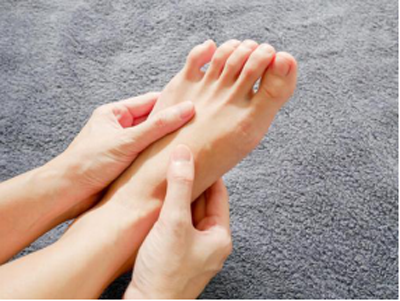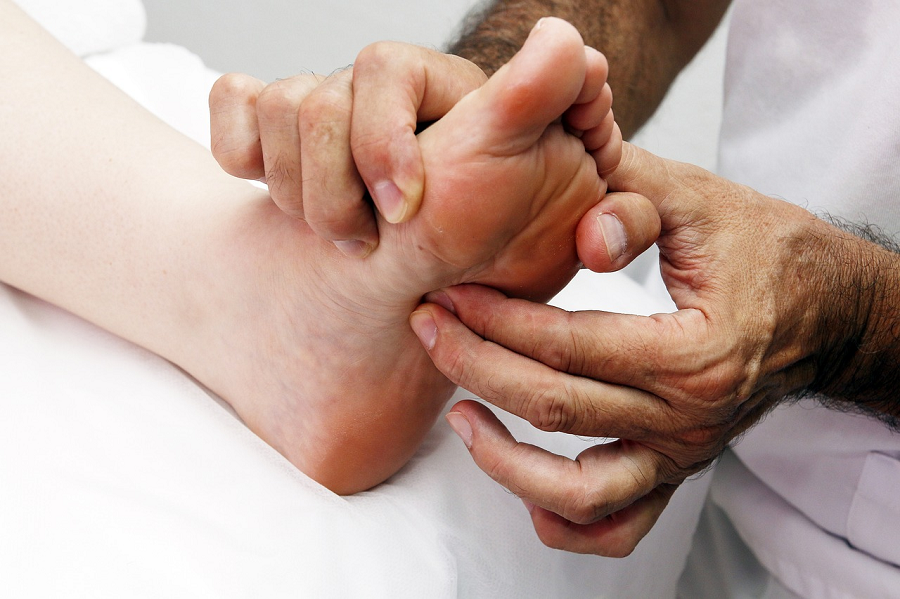All About Toe Deformities
How You Get A Foot Bunion and Why?
March 16, 2020
Foot Pain Diagnosis
April 23, 2020If your toe hurts and you notice a change in its appearance, you may be suffering from what is called a “toe deformity”. A toe deformity is a common problem in adults as they age, which occurs from a number of factors. These include abnormal positioning of the bones inside the feet, and other conditions that affect bones and tissues such as arthritis.
In addition to affecting bones, joints, and tissue inside the foot, toe deformities can also make a difference to other parts of the body responsible for supporting your weight, such as the hips and knees, and this would lead to additional problems.
What Causes Toe Deformities?
There are many causes for toe deformities, and in most cases it happen to people in their later stages of life.
Toe deformities are most-commonly caused from wearing ill-fitting shoes or high-heeled shoes over time.
People may also suffer from conditions such as rheumatoid arthritis, osteoarthritis, diabetes, and stroke, which affect nerves and muscles inside the toe that cause ligaments and muscles to tighten, causing a change in your toes’ appearance.
Toe deformities can also be caused by injuries, due to a force outside the body, such as a car accident, playing high impact sports or another activities.
What Are Some Characteristics of Toe Deformities?
There are three common types of toe deformities. These are a hammertoe, claw toe and mallet toe.
A Hammertoe involve the toe being bent at the mid joint leading to the toe curling up into a “hammer” shape. Hammertoe mostly affects the second toe, but it can also affect the third or even fourth toe depending on the circumstances. A hammertoe can also come with what is called a bunion, which is a lump appearing at the side of the foot where your big toe is. This is caused by a bone being shifted as a result of your hammertoe.
A Claw toe involve the toe bending upwards at the ball of the foot, followed by the rest of the toe bending downwards in a claw-like manner. Claw toe can happen in any of the smaller toes.
Mallet toe is similar to a hammertoe, except rather than the middle of the toe being affected, it is the upper joint inside the toe, altering the toe’s appearance in a different way.
How Are Toe Deformities Treated?
Toe deformities are usually treated by diligent treatment procedures in order to restore balance and walking abilities, relieve pain, and prevent deformities from developing further. When talking to podiatrists Houston about your deformities, they may recommend a number of different treatment options.
One treatment option may be a special kind of shoe for you to wear with larger toe boxes. As you are prescribed these shoes, you are prohibited from wearing high heels or tight-fitting shoes.
A splint or tape may be applied to the foot as well, in order to realign the toes back into their normal positioning. Toe-stretching exercises are also recommended.
If either of these treatments do not work, then surgery may be required. Surgery involves the podiatrist and other specialists to manually realign your toes and restore functionality to them while also relieving them of pain. Following the surgery, a rehab program will follow that would work you towards walking normally on the affected foot once again.
Summary
Toe deformities are a painful condition resulting from wearing high heels or ill-fitting shoes, or come from other conditions like diabetes. Three types of common toe deformities exist: hammertoe, claw toe, and mallet toe. There are multiple treatment options that you can consider with your podiatrist that range from special kinds of shoes to surgery.



